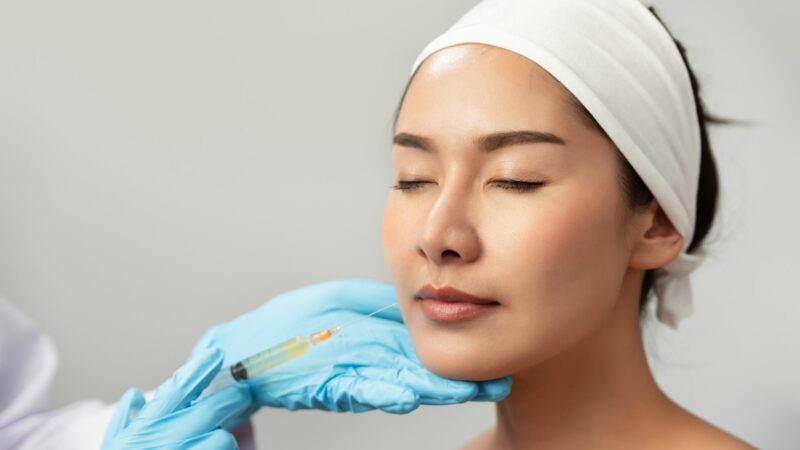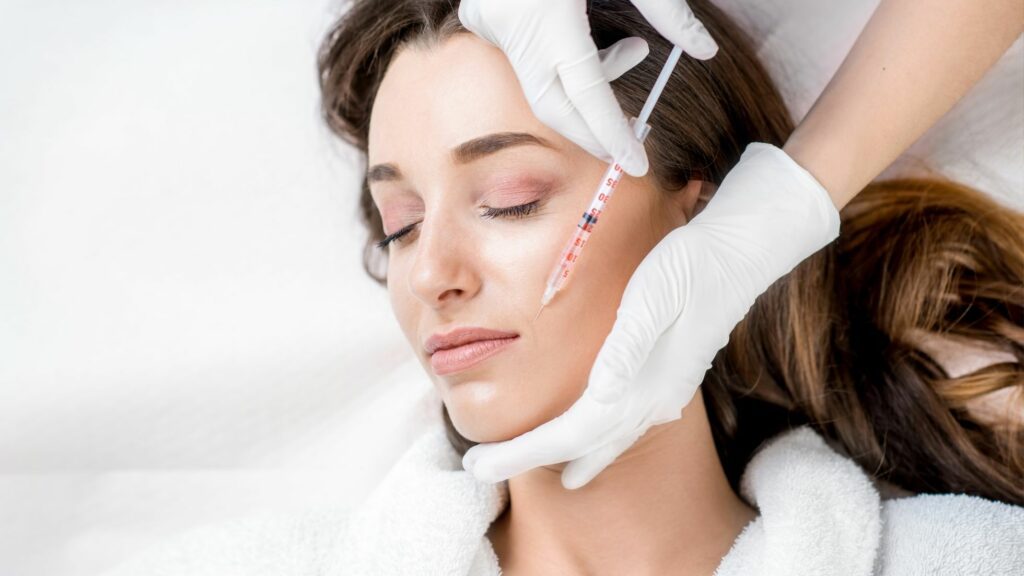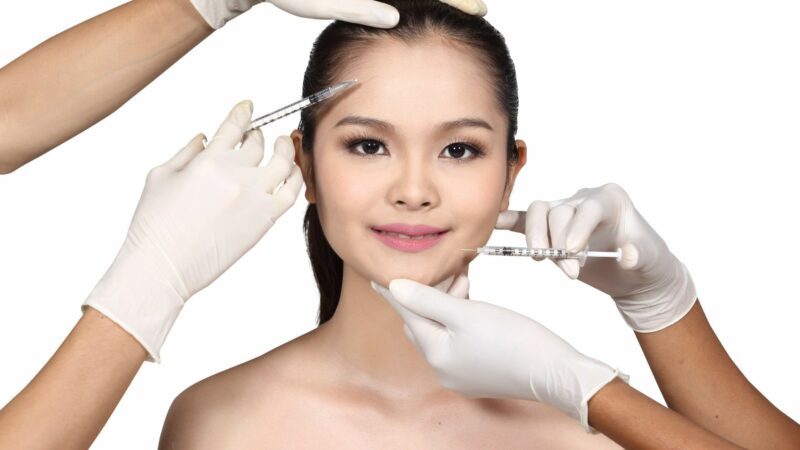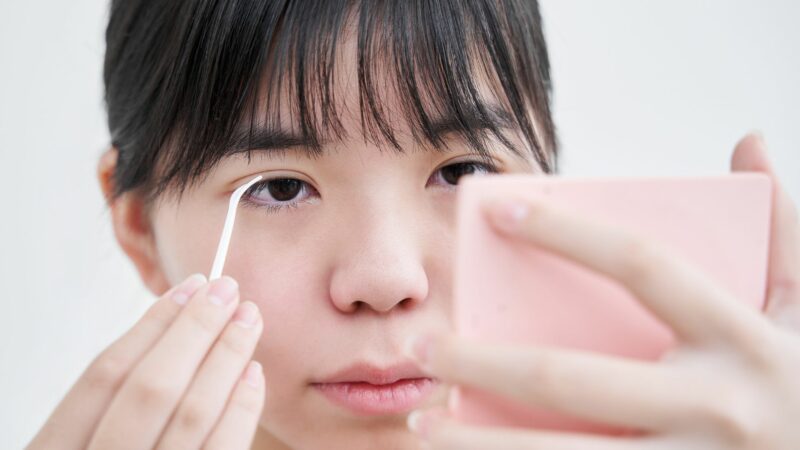
Most Popular Cosmetic Surgery In Korea In 2024
When the topic of beauty and aesthetic innovation arises, the spotlight invariably shifts to South Korea, a nation that has ascended to the zenith of the cosmetic surgery sphere, influencing global beauty standards and pioneering avant-garde techniques.
This guide is your passport to the dynamic world of cosmetic surgery in South Korea, an odyssey through its comprehensive landscape of surgical marvels, cutting-edge non-invasive treatments, advanced skincare, and the luxurious allure of Korean spas.
This article delves into the historical, cultural, and economic facets of cosmetic surgery in South Korea, exploring how it became a global hub for those seeking aesthetic enhancements and the implications of its rise on society at large. It also offers an immersive exploration of the beauty phenomena shaping South Korea, equipping you with the knowledge to navigate its offerings and, perhaps, inspire your journey into the heart of Korea’s aesthetic wonders.
Historical Context
The inception of cosmetic surgery in South Korea traces back to post-war recovery efforts, where reconstructive surgery was initially introduced to treat injured soldiers and civilians. However, the landscape swiftly transformed as economic growth surged in the late 20th century, paralleling an increase in disposable income and the burgeoning influence of Western beauty ideals. This period marked a pivotal shift, where cosmetic surgery began to be perceived as a means of physical reconstruction and a tool for personal and social advancement. The historical trajectory of cosmetic surgery in South Korea is a testament to its adaptive nature, intertwining with the nation’s rapid modernization and shifting cultural tides.
Cultural Influences
In South Korea, the media and entertainment sectors play significant roles in shaping perceptions of beauty. From K-pop idols to television dramas, the public is inundated with images of perfection that often carry underlying expectations of physical appearance. This media landscape doesn’t just influence domestic audiences; it projects an international beauty standard that many aspire to, further entrenching the desire for cosmetic enhancements. The societal pressure to conform to these ideals is palpable, driving individuals of all ages towards cosmetic procedures as a pathway to self-improvement and societal acceptance.
Technological Advancements
South Korea’s reputation as a leader in cosmetic surgery is also bolstered by its innovations and technological advancements in the field. From non-invasive techniques to cutting-edge procedures, the country’s medical sector continually pushes the boundaries of what’s possible in cosmetic enhancement. These advancements not only enhance the safety and efficacy of procedures but also contribute to a broader range of customizable options for clients, ensuring that the services offered remain at the forefront of global trends.
Economic Impact
South Korea has rapidly ascended to the global powerhouse in medical tourism, welcoming millions of health-focused travelers worldwide each year. The nation is a beacon of cutting-edge medical technology and an epitome of exceptional patient care across many medical specialties.
South Korea’s reputation in the medical tourism industry is particularly prominent in plastic surgery, dermatology, and dentistry. Each domain has witnessed continuous advancements and breakthroughs that have put South Korea on the map as a leader in these fields. The nation’s plastic surgeons are renowned for their skill and precision, while its dermatologists and dentists are highly sought for their advanced techniques and innovative approaches.
The South Korean government’s active and progressive role in fostering medical tourism cannot be forgotten. The administration has implemented numerous measures to create a friendly and supportive environment for international patients. These initiatives include providing interpreters to assist with language barriers, ensuring top-notch aftercare services, and supplying comprehensive information to allow patients to make well-informed decisions about their healthcare.
The government’s commitment extends beyond making the medical process easy and efficient. It also ensures that the highest standards of care are maintained and that the latest technological advancements are harnessed in the delivery of medical services. These efforts have helped solidify South Korea’s standing in the global medical tourism industry and attract patients who seek world-class medical services and patient care.
Moreover, South Korea’s medical tourism is not limited to its technological prowess or high-quality healthcare services. The country also offers a unique cultural experience. The melding of traditional Korean hospitality and modern comforts provides international patients with an experience that is both medically enriching and culturally immersive.
Consequently, South Korea’s rise as a major player in the medical tourism industry has been no accident but a result of concerted efforts, excellent medical infrastructure, and the relentless pursuit of excellence in healthcare services. Whether it’s the country’s top-tier hospitals like the Seoul National University Hospital or specialized clinics, South Korea is increasingly becoming the destination of choice for medical tourists seeking the best care in the world.
Cosmetic Surgery In South Korea: Most Popular Treatments
Plastic Surgery

Plastic surgery in South Korea encompasses a broad spectrum of procedures designed to alter both the appearance and functionality of the body’s contours, playing a pivotal role in the nation’s rich cosmetic surgery culture. Among the most popular interventions is double eyelid surgery, or Asian blepharoplasty, aimed at creating a defined crease in the upper eyelid to achieve a more alert and open-eyed look, often desired for its “Westernized” aesthetic appeal. Blepharoplasty, targeting both upper and lower eyelids, addresses issues like drooping eyelids and under-eye bags, rejuvenating the eye area for a youthful appearance. Epicanthoplasty focuses on refining eye shape by modifying the inner corners and enlarging the eyes for a more captivating look. Procedures like eye bag removal or lower blepharoplasty diminish under-eye puffiness, enhancing facial freshness. Rhinoplasty, or nose reshaping, enhances facial harmony, while dimple creation adds a charming accent to one’s smile.
Otoplasty, or ear surgery, corrects disproportionate ears, boosting self-confidence. Lip enhancements, including augmentation and reduction, balance lip volume with facial features, and chin implants improve facial profile strength. Advanced surgeries like face and neck lift combat aging signs, restoring a youthful visage.
Gynecomastia surgery addresses male breast reduction, enhancing masculine contours. Liposuction removes stubborn fat, sculpting the body, whereas breast augmentation and lifts enhance and reshape the bust line for aesthetic harmony. Body sculpting further refines the silhouette, offering a more aesthetically pleasing body contour and highlighting South Korea’s comprehensive approach to cosmetic enhancement.
Non-Invasive Beauty Treatments

While South Korea is celebrated for its advanced surgical enhancements, the nation equally shines in the realm of non-invasive beauty treatments, promising significant aesthetic transformations without surgery. Derma Fillers stand out as a premier choice for those aiming for a quick, visible change, offering volume restoration and wrinkle smoothing with minimal downtime. Ultherapy leverages ultrasound energy for a natural skin lift, targeting aging signs without the scalpel. Thermage uses radiofrequency to rejuvenate skin, achieving a firmer, younger look by stimulating collagen production. Airjet Skin Lifting introduces a non-surgical facelift through air pressure, enhancing skin elasticity and reducing wrinkles. Trusculpt takes non-invasive contouring further, using radiofrequency to dissolve fat and tighten skin for a more defined facial structure.
The Hiko Nose Lift employs threads to refine the nose’s silhouette, offering a surgical alternative for nose reshaping. Silhouette Soft Lifting uses absorbable threads to lift sagging skin, providing immediate lifting effects and stimulating long-term collagen growth. Fat Reduction Shots target stubborn fat areas with lipolytic injections, contouring the body without surgery.
Accusculpt combines laser technology with lipolysis, sculpting the body while promoting skin tightening. Botox, a staple in cosmetic treatment, smooths out wrinkles and lines, offering a rejuvenated appearance with its muscle-relaxing properties.
These innovative treatments underscore South Korea’s commitment to offering a spectrum of beauty solutions, catering to diverse aesthetic goals with cutting-edge, non-surgical options.
Skincare Treatments

At the core of South Korean beauty lies an unparalleled dedication to skincare, renowned for its elaborate 10-step routine, premium products, and groundbreaking treatments to preserve a youthful and glowing complexion.
Glutathione Injections have surged in popularity as a potent skin whitening solution, leveraging the antioxidant power of glutathione to diminish melanin production and unveil a luminous skin tone. Pigmentation Treatment in South Korea has evolved with advanced dermatological technologies like lasers and Intense Pulsed Light (IPL), targeting and reducing skin pigmentation issues for a more even and flawless skin tone. The Aqua Peel treatment redefines facial cleansing with a comprehensive approach that combines exfoliation, extraction, and hydration, leaving the skin refreshed and radiant without downtime.
South Korea offers an array of effective solutions for tackling acne and acne scars, including laser therapy, chemical peels, and innovative treatments like subcision and micro-needling to promote clear and healthy skin. Intracel is a minimally invasive option that merges radiofrequency with micro-needling to rejuvenate the skin deeply, enhancing its texture and elasticity.
Mole Removal techniques, ranging from surgical excision to laser therapy and cryotherapy, are widely employed to enhance the skin’s aesthetic allure safely and effectively. South Korea continues to set global benchmarks for beauty and skincare innovation through these advanced skincare practices.

The Impact Of Cosmetic Surgery in South Korea And Abroad
Cosmetic surgery in South Korea is much more than a medical trend; it’s a cultural phenomenon deeply intertwined with the nation’s identity and global influence.
Among the myriad procedures, double eyelid surgery reigns supreme, capturing the essence of the country’s beauty ideals. This procedure, along with rhinoplasty and jawline reshaping, is not just about aesthetics; it’s about the pursuit of a persona that aligns with societal expectations and personal aspirations.
The fervor for these surgeries reflects a culture where appearance significantly impacts social and professional opportunities. In South Korea, the choice to undergo cosmetic surgery is a profound one, embodying the values of self-improvement and the relentless pursuit of perfection. Furthermore, the nation has become a magnet for cosmetic tourism, drawing individuals from across the globe to experience its renowned medical expertise.
This international demand has also led to the export of cosmetic procedures, spreading South Korea’s innovative techniques and beauty standards to a global audience. Through this lens, the country’s dedication to cosmetic surgery is a narrative of empowerment, innovation, and a redefined aesthetic sensibility that continues to influence beauty standards worldwide.







